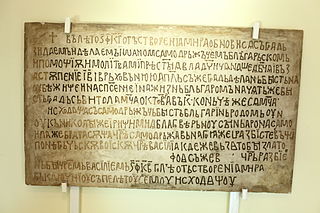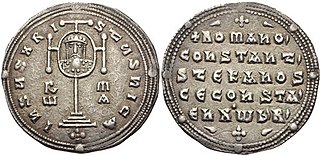 W
WAshot II the Iron was an Armenian monarch and the third king of the royal Bagratuni line. He was the son and successor of King Smbat I. His reign was filled with rebellions by pretenders to the throne, and foreign invasions, which Ashot fought off successfully, for which he is remembered by the epithet Yerkat (Երկաթ), or the Iron.
 W
WAshot III was a king of Armenia, ruling the medieval kingdom of Armenia from 952/53–77. Known as Ashot III the Merciful and acknowledged by foreign rulers as the Shahanshah of Mets Hayk', he moved his royal seat of residence to Ani and oversaw its development and of the kingdom as a whole. Armenia reached the height of its golden era during his reign and that of his sons and successors, Smbat II (977–89) and Gagik I (990–1020).
 W
WGagik I was the king of Armenia who reigned between 989 and 1020, under whom Bagratid Armenia reached its height, and "enjoyed the accustomed experience of unbroken peace and prosperity."
 W
WGagik I Artsruni was an Artsruni ruler of the kingdom of Vaspurakan in southern Armenia, first as prince of northwestern Vaspurakan and after that until his death as king, claiming also the title of King of Armenia from the Bagratid line.
 W
WThe komes ("count") Nicholas was a local ruler in Bulgaria, probably of Armenian origin, and progenitor of the Cometopuli dynasty.
 W
WRomanos I Lekapenos, Latinized as Romanus I Lecapenus, was an Armenian who became a Byzantine naval commander and reigned as Byzantine Emperor from 920 until his deposition on December 16, 944.
 W
WSmbat II reigned as King of Armenia from 977 to 989. He was of the Bagratuni line of kings, and the son of Ashot III, whom he succeeded.
 W
WGregory Taronites was an Armenian prince of Taron, who went over to Byzantine service and held senior commands and governorships under Emperor Basil II. He was killed by the Bulgarians at an ambush near Thessalonica ca. 991 or 995.